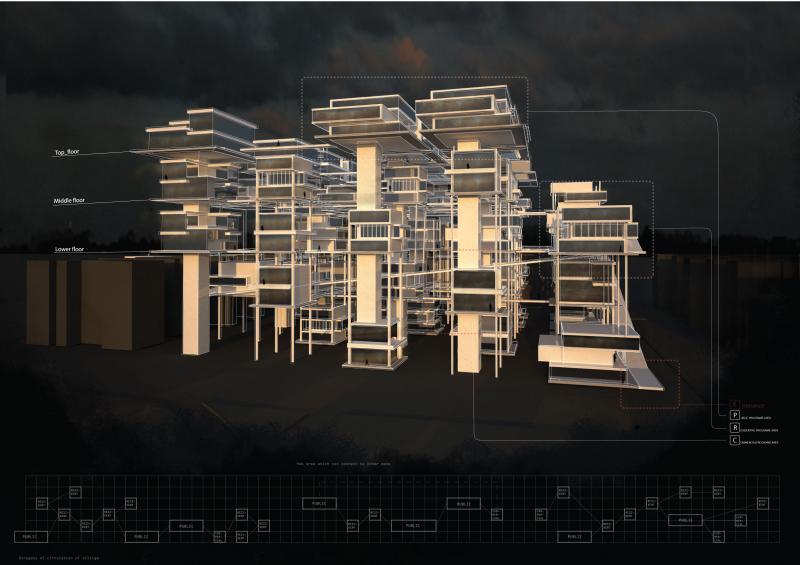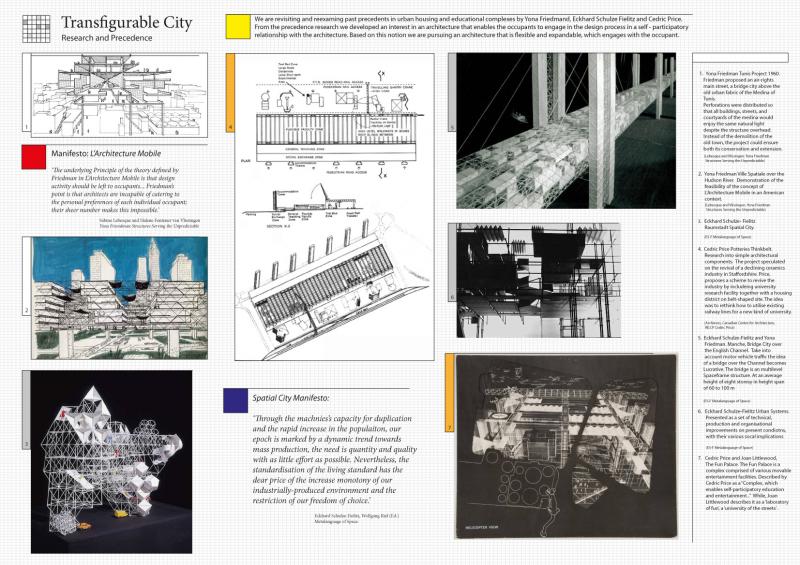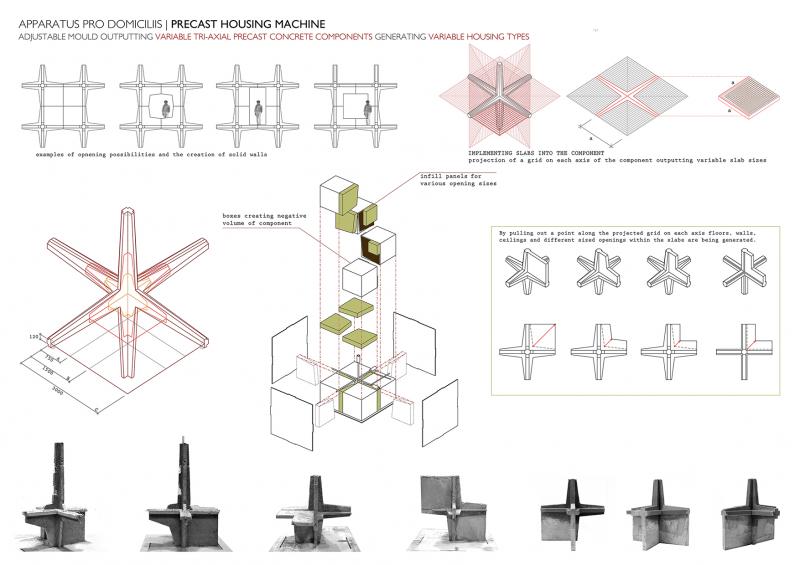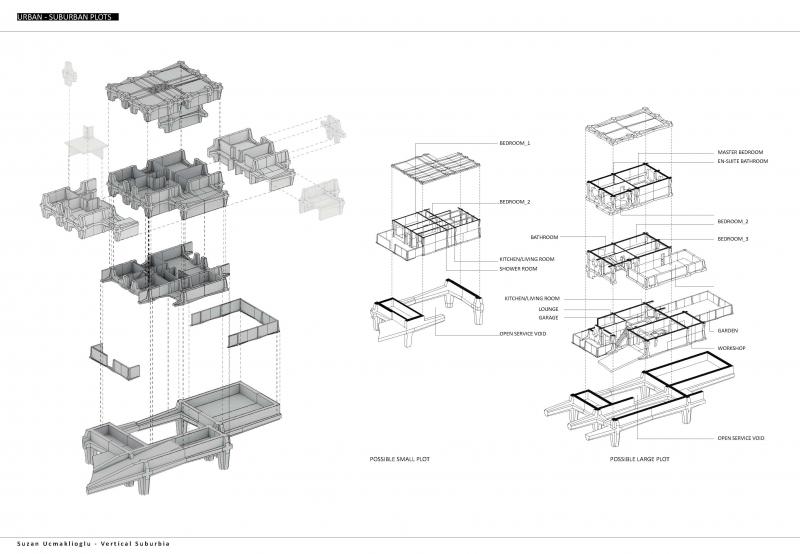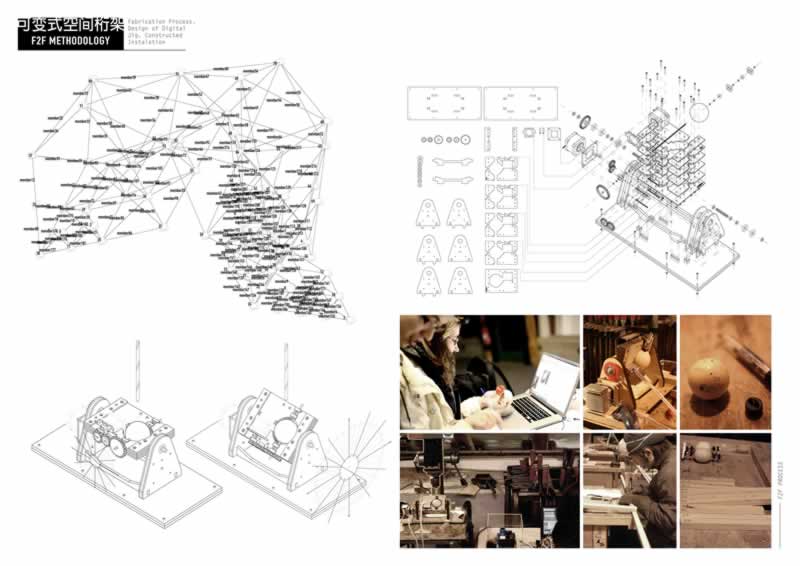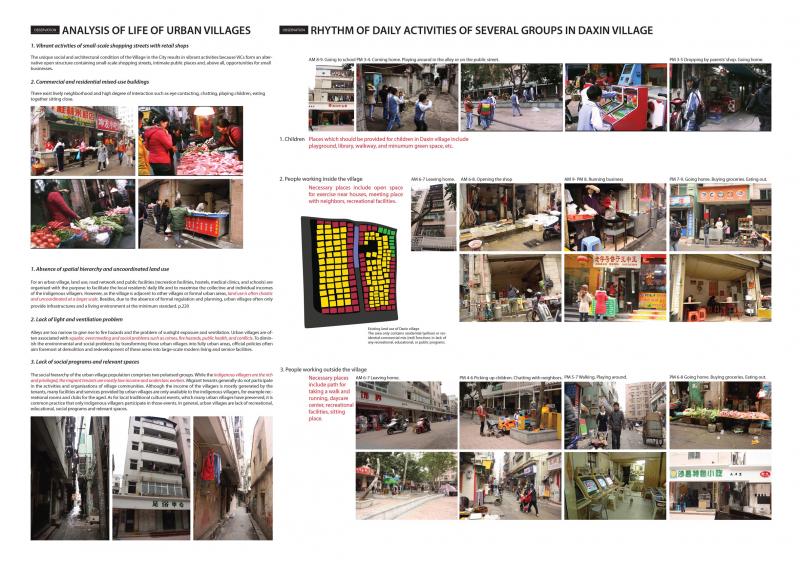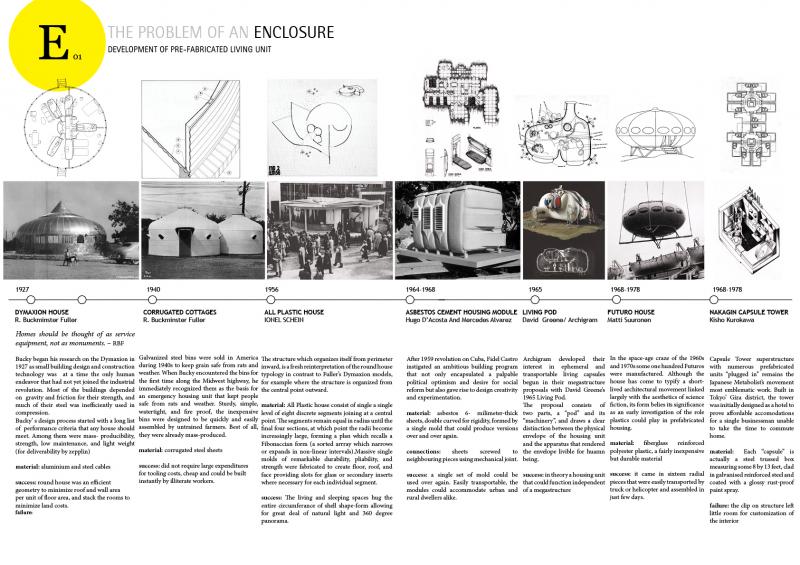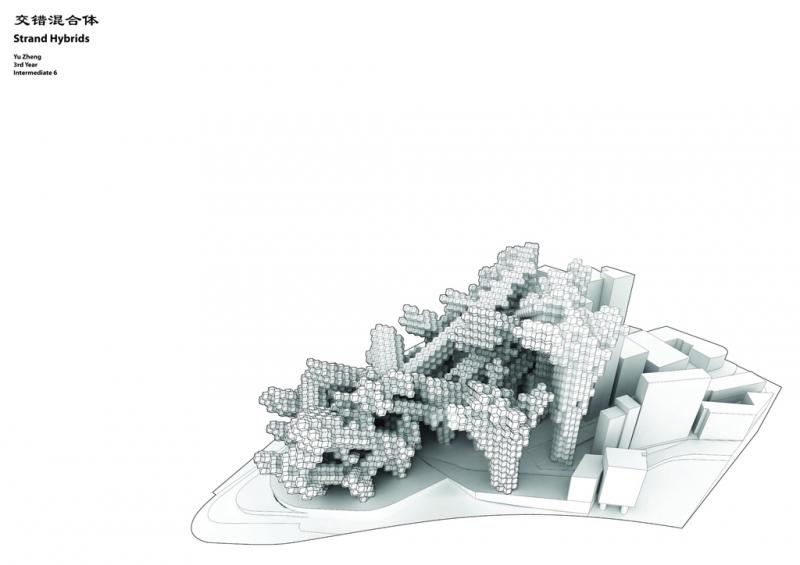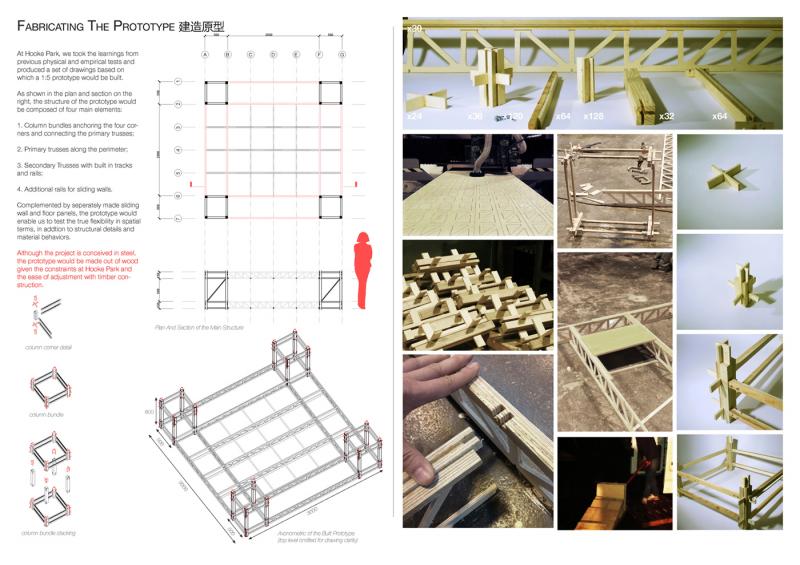Intermediate 6 focused on critical investigations into integrated design and construction systems, using contextually realistic urban project scenarios to explore the architectural implications of technological innovations within rapidly growing cities.
Dividing the year into two interdependent phases, we started with the collaborative design and construction of 1:1 scale prototypes based on research into, and the updating of, existing fabrication methods. Focusing on systems that consist of a ‘kit of parts’ and take advantage of relevant digital tools, our students developed design-and-build methods aimed at producing a range of structures adapted to their specific environmental and programmatic requirements. For a stackable housing unit students developed systems ranging from aluminium sheets, folded for structural rigidity and enclosure by a ‘folding machine’ (Wiktor, Yu, Yan), to variable space frames whose parts were produced by a computer-controlled node milling machine (Jenny, Katya, Hyunwoo). Other strategies included a ‘negotiation and adaptation’ living cluster with moveable floors and walls (Jazzy, Andrew, Heonwoo) and variable concrete building components produced through a single, adjustable casting machine (Lara, Suzan, Basil). Full-scale prototypes installed around the AA explored spatial articulation, organisational strategies, technical performance and geometrical arrangements.
In the second phase students worked individually and multiplied their housing units through dense, multi-level clustering strategies that tested issues of proximity, access and light. After visiting Shenzhen and Chongqing, two of China’s fastest growing megacities, we began designing strategies to accommodate programmatic and social diversities through a range of differentiated private and public spaces. We then revisited our fabrication strategies and speculated on machinic construction and growth allowing the projects to become open systems capable of adapting to the ever-changing requirements throughout their prolonged lives. These systems aim to become part of an actively networked, dynamic and vibrant urban environment, programmed to continuously grow and evolve over time.
With many thanks
Laing O’Rourke
The Corry Wright Family
University of Chongqing
Technical Support
Riccardo Merello (ARUP)
Critics
Barbara Ann Campbell-Lange
Mollie Claypool
Alan Dempsey
Ryan Dillon
Shin Egashira
Eva Eylers
Wolfgang Frese
Clive Fussell
Lawrence Friesen
Eugene Han
Jethro Hon
Xavier de Kestelier
Tobias Klein
James Leng
Enriquetta Llabres
Jonas Lundberg
John Naylor
Claudia Pasquero
Christoper Pierce
Marco Poletto
Samuel Price
Eduardo Rico
Nathalie Rozencwajg
Ingrid Schröder
Martin Self
Takero Shimazaki
Theo Spyropoulos
Brett Steele
Piers Taylor
Denis Vlieghe
Thomas Weaver
Melissa Woolford
Andrew Yau
